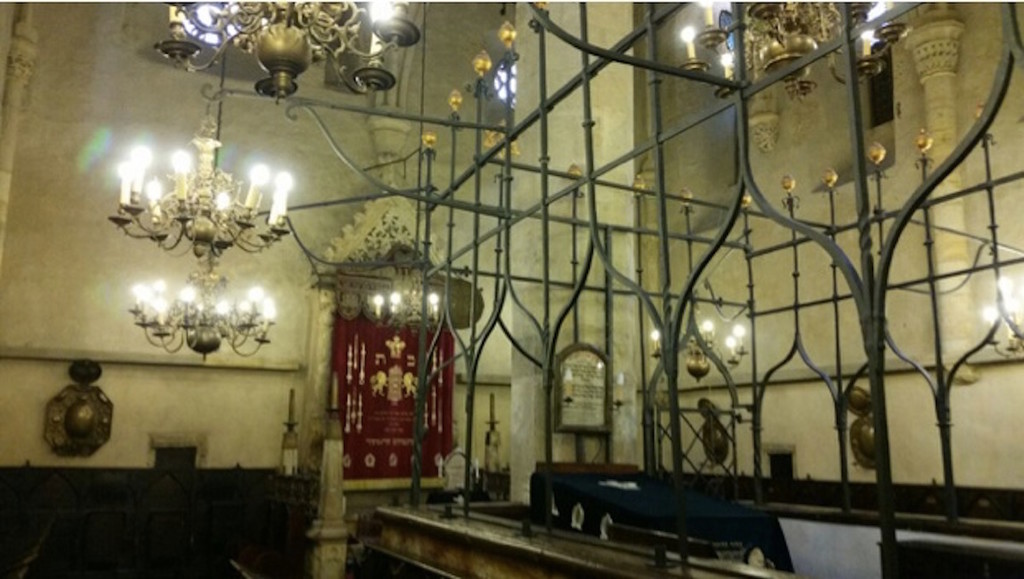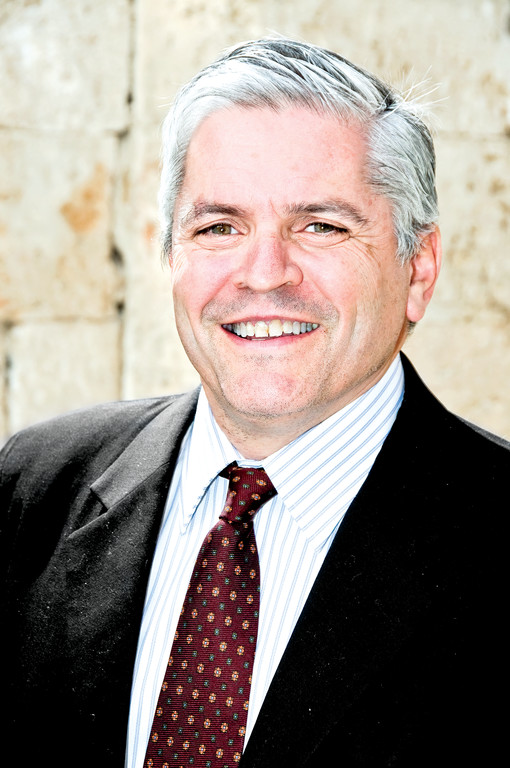Echos of old horrors that cannot be cured
On a visit to the synagogue of the Maharal of Prague (Rav Meir Leibush Lowe, known as the Altneu Shul), you will immediately notice its most distinctive feature: with the exception of some Hebrew letters very high up near the ceiling, the walls are completely blank, devoid of any art or decorations. Standing in stark contrast to the other Jewish synagogues of Prague (not to mention all over Europe) this detail demands explanation.
On April 17, 1389, Easter Sunday, a priest apparently leading a procession past the Jewish community of Prague was hit with sand kicked up or thrown by a few Jewish children. The sand may have landed on the Host (the Eucharistic wafer representing their lord).
Claiming they had denigrated Christianity and desecrated the Host, his incitement led the clergy to encourage the mobs to pillage, ransack and burn the Jewish quarter for two days in what became known as the Prague pogrom. Three thousand Jews were murdered, with countless more injured and maimed, many of whom had their limbs cut off and eyes put out. Almost the entire Jewish community of Prague was wiped out.
As there were not enough able bodied Jewish men left to give the dead proper burial in a short period of time, to prevent a further desecration of the dead, the 3,000 bodies were stacked in the shul until little by little they were able to be given a proper Jewish burial. By the time they were all buried, the blood from their bodies had seeped into the walls all the way up to the tops of the windows. For over two centuries this was how the walls were left; the red-stained stones a constant reminder of the price the Jewish community of Prague had paid for their faith.
When the Maharal came from Poland to Prague in the latter half of the 16th century and saw the blood on the walls he immediately told the Jewish community that it should not pray there as the blood needed burial. Eventually they compromised by plastering the walls to “bury” the blood behind the plaster. (As the blood had seeped into the bones this was the only alternative to taking apart the entire building.) But every 100 years or so the blood seeps through and the walls need to be re-plastered.

 47.0°,
Overcast
47.0°,
Overcast 







